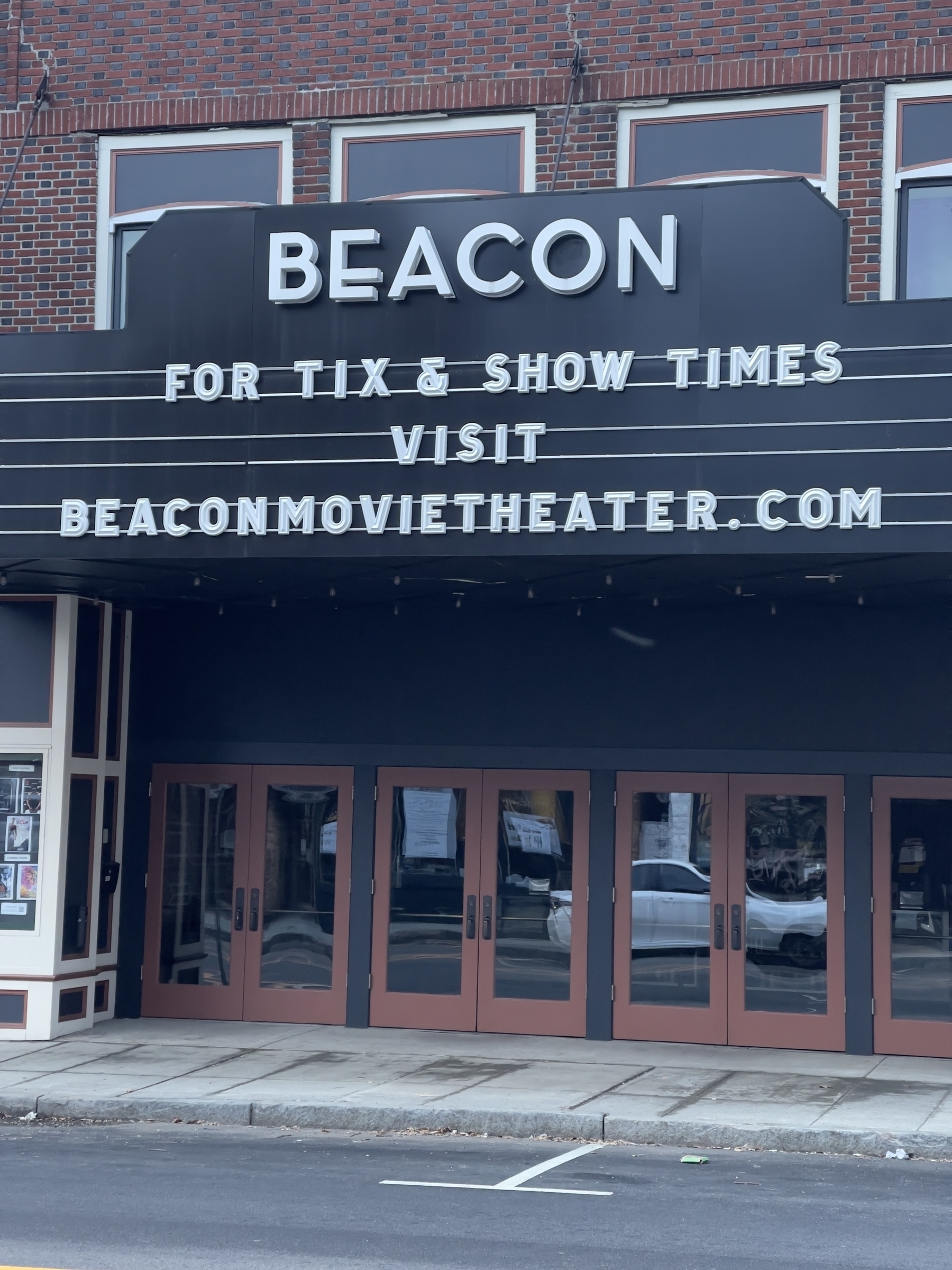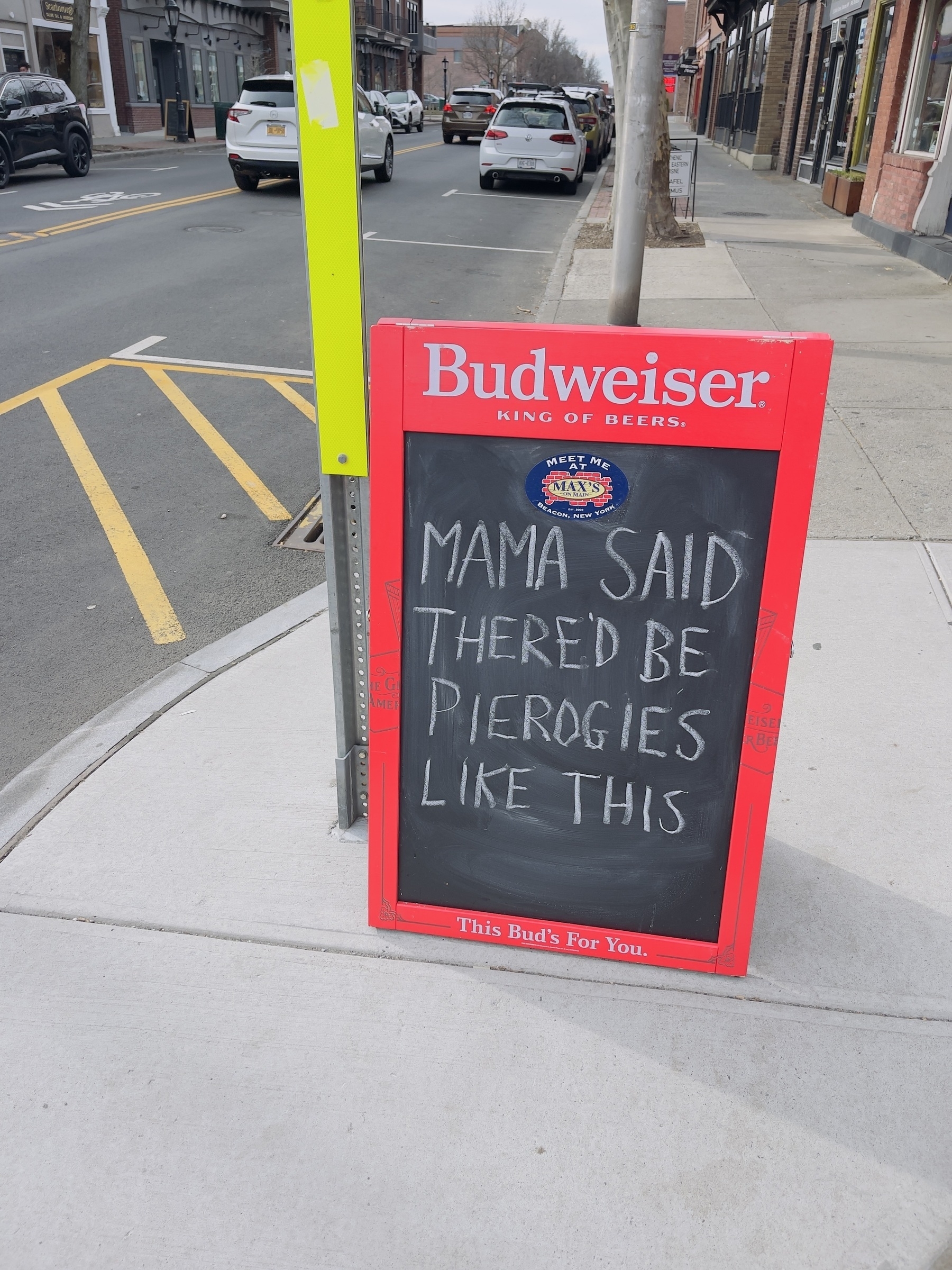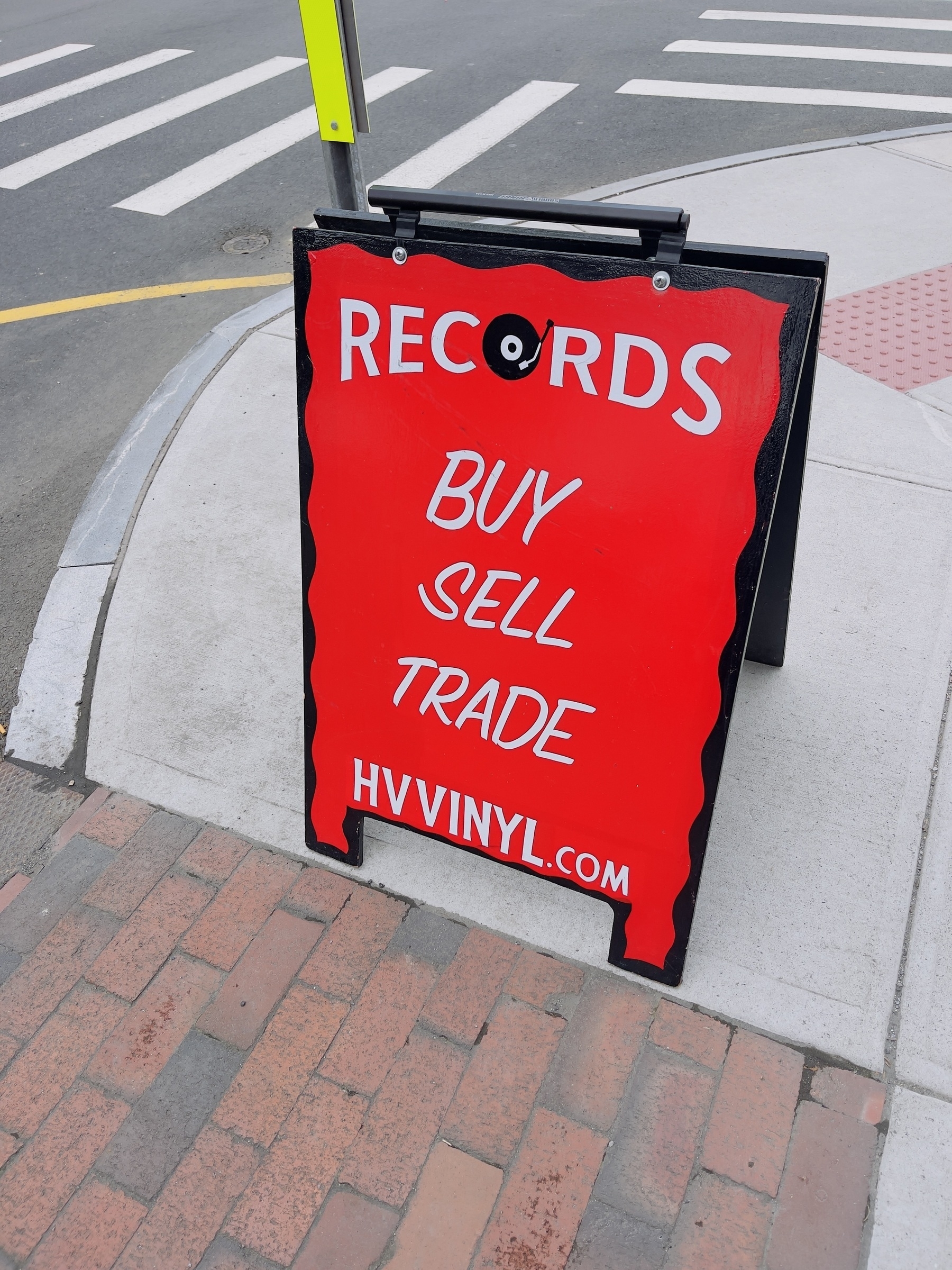My thoughts about men, women, and capitalism, have been brewing for a while. What follows is a loose collection of some of those thoughts with links to the sources that spurred them. This post is intended to serve as a marker. I plan to return to the ideas here in more detail over time.
At the beginning of the year, I read Caliban and the Witch by Sylvia Federici. It helped me understand how capitalism organizes society around production and resource exploitation. The book has a feminist viewpoint and Federici’s interest is in the impact of capitalism on women. Even so, it acknowledges that men have been shoved into roles and ways of living they didn’t uniformly want. Despite having the power position in a patriarchal society, capitalism hasn’t been the best of deals for men either.
The basic thesis of Caliban and the Witch is that capitalism organized men as laborers and women as the producers and caretakers of laborers. Appropriation of land and the severing of the connection of men and women from their intimate relationship with the earth was a consequence of the demands of capitalist organization. Women in particular, as healers and midwives, were removed from their connection to ancestral knowledge as men took over the management of health and birth in professionalized capacities. Through the church, there was a wholesale attack on the traditional mystical practices of communities. This attack on people’s direct relationship with the land and ancestral traditions would be echoed as western civilization tamed the indigenous populations of the new world. It continues to this day, wherever modern capitalist society encounters indigenous populations. Indigenous ways of life fascinate many of us who sense that something is wrong with the capitalist paradigm.
In The Matter With Things, Iain McGilchrist builds a detailed case that humanity, through its use of technology and science, is developing left hemisphere Hypertrophy. That is, the structure of the (capitalist) world emphasizes a superficial grasp for power and resources. The grasp for power and resources proceeds based on a world perceived to be a collection of disconnected and, therefore, exploitable parts. It proceeds without acknowledgement that all the parts are connected and interrelated.
Disorganisation: organisation is the essential nature of an organism, which does not piece together, but grows, its organs. Once there are no coherent enduring entities over time, reality ebbs away. This is a common trope in modernism, and is reflected in scientism and other reductionist philosophies. ‘I walk like a machine’, says one patient;258 ‘I’m a psycho-machine’, says another.1
Disconnection and disorganization are hallmarks of schizophrenia. As is the left brain tendency to compensate for the disconnection by grabbing hold of any explanation and set of rules that offers coherence, regardless of how wrong it may be, and refusing to let go.
And once again one sees parallels in some kinds of contemporary philosophy, and some kinds of belief systems driven by the irrationality of identity politics, which lead subjects to doubt everything except the validity of a bizarre conclusion which they feel driven to accept by formal rules. But never doubting the rules.2
And,
Western modernity has many overlapping features with the phenomenology of schizophrenia, as Louis Sass has convincingly demonstrated in Madness and Modernism; and I submit that this is because modernity simulates not a disease state, but a hemispheric imbalance, as I suggested in The Master and his Emissary.3
And why wouldn’t society become schizophrenic when the system that organizes it has for centuries insisted on disconnection as necessary to growth and accumulation of capital?
In an article on dance as the antidote to capitalism4, Sylvia Federici comments on the mythic and mystic, but also practical, connection that people had to the land and the sea.
Not all these powers were imaginary. Daily contact with nature was the source of a great amount of knowledge reflected in the food revolution that took place especially in the Americas prior to colonization or in the revolution in sailing techniques. We know now, for instance, that the Polynesian populations used to travel the high seas at night with only their body as their compass, as they could tell from the vibrations of the waves the different ways to direct their boats to the shore.5
I won’t argue that traditional ways were always better. Technology and science have given us many improvements, but it’s all been in the service of capitalist growth paradigms, and at the expense of a deep connection to the flow of nature.
A problem with the present capitalist structure that has emerged from my reading in the past couple of weeks is that the capitalist organization of men and women into laborers and producers/caretakers of laborers is breaking down. The importance of superior bodily strength (for men), and the womb (for women) is diminishing. Work that requires physical strength is increasingly mechanized, as is the production of laborers through the automation of work processes by AI, robotics, and related technologies that have no dependence on human procreation.
Among the articles I read this week a couple addressed the crisis in manhood that is leading to a doubling down on gun culture and issues with toxic masculinity.
The current work climate seems to favor women’s long traditions of caretaking (nursing, hospitality, etc.), and juggling many roles and responsibilities in their lives. It appears to be harder for men to secure jobs they can raise a family on. The jobs that traditionally provided men with the ability to support a family are fewer. Women have entered the workforce and compete well in traditionally male jobs because physical strength is no longer a core requirement of most jobs. Even battle has been mechanized to the point where women fight on the front lines. And, in the conversations of women business owners I have been party too, there is a suggestion that women are more willing to do what it takes to care for a family, including generating the necessary income. Men are loosing their role in society. Women are too, but the effects of that are not as evident yet. The situation seems more critical for men.
A recent article on gun culture reported that:
“In places of economic instability, men are shifting from this attitude of man as provider to man as protector,” he said. “You may not be able to, as a man, be the primary breadwinner, but you can — through acquiring guns and the willingness to use guns for violence — reclaim your masculinity as a protector.”
Even in young people, this sentiment was notable and behind many of the things that participants expressed to the researchers during interviews. Dashtgard said this speaks to a larger cultural dynamic at play currently, where many White men are feeling unsure of how to articulate themselves as men in current society. As a result, many young men are turning to guns as an “unimpeachable access to masculinity.”6
And the need to recover the masculine role of past eras seems widespread. There are astonishingly popular influencers in the world of toxic masculinity:
Tate appeals by combining the bland aphorisms of a motivational speaker with the bombastic transgressions of a shock jock radio host; he delivers missives with drill sergeant intensity. His misogyny is less coded, and it is shockingly popular. By the metrics of the internet, Tate is one of the most famous people on the planet. Before he was banned, Tate’s TikTok videos had been viewed more than 13 billion times, making him one of the top posters on the platform. In 2022, he was the eighth-most googled person in the world—ahead of Trump and right behind Russian President Vladimir Putin.7
-
McGilchrist, The Matter With Things — location: 8527 ^ref-51357 ↩︎
-
— The Matter With Things: Our Brains, Our Delusions and the Unmaking of the World by Iain McGilchrist. a.co/fpzz8bD ↩︎
-
— The Matter With Things: Our Brains, Our Delusions and the Unmaking of the World by Iain McGilchrist. a.co/2i4JjB1 ↩︎
-
As bizarre as this may sound, my own experience in life confirms it. When I was young and new to New York City, I signed up for modern dance lessons at the Alvin Ailey school and also took ballet lessons. This changed the way I perceived space and moved through it. Space became I kind of continuum that I continuously flowed through. Fast forward to me at the age of 68, and yoga. Yoga is a kind of ritualized spiritual flow of motion. I take three classes a week and feel deeply drawn to it. Could it be part of my attempt to cope with capitalist disconnection? Could yoga’s popularity in the culture be the same attempt to cope on a societal scale? ↩︎
-
In Praise of the Dancing Body — RITONA // A Beautiful Resistance ↩︎
-
Young people who identify with gun culture are more likely to believe in male supremacy, survey shows ↩︎



